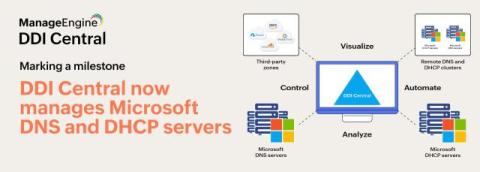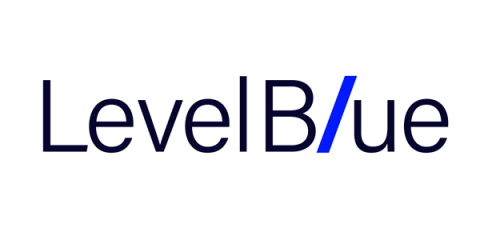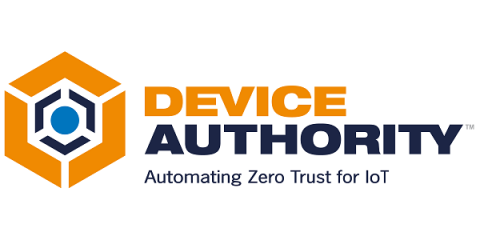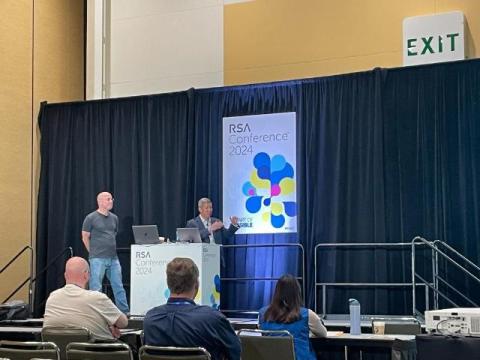Why Cyber Security Asset Management is Crucial for Your Business?
Organizations from all sectors have developed a reliance on data-driven strategies to enhance their performance and acquire clients. As the volume and variety of data grow simultaneously, the data needs to be fully integrated within the system to reap its benefits fully.











